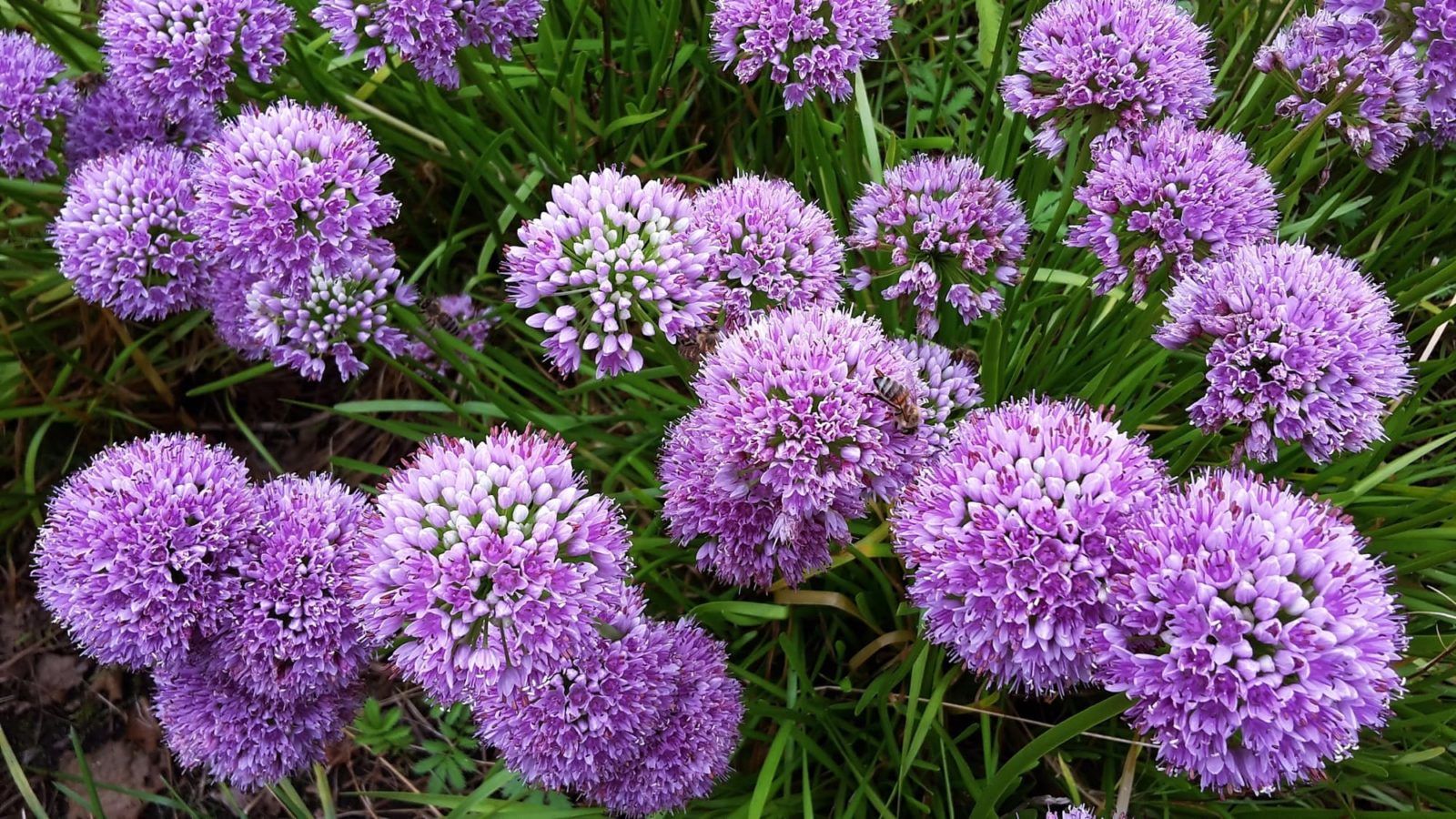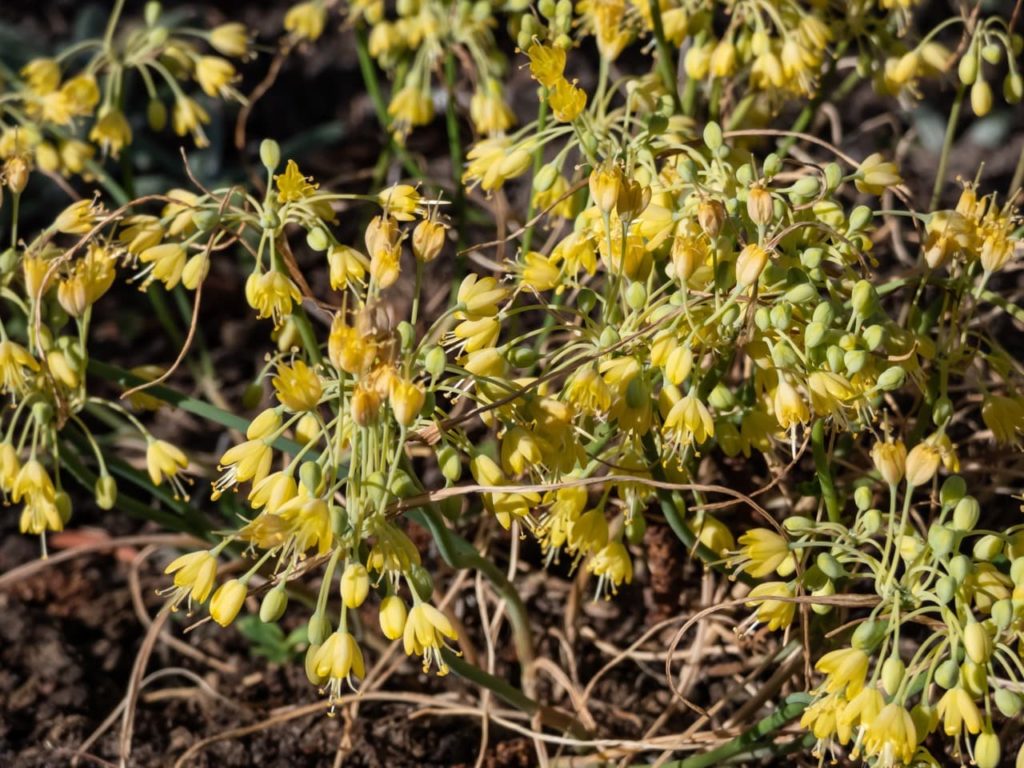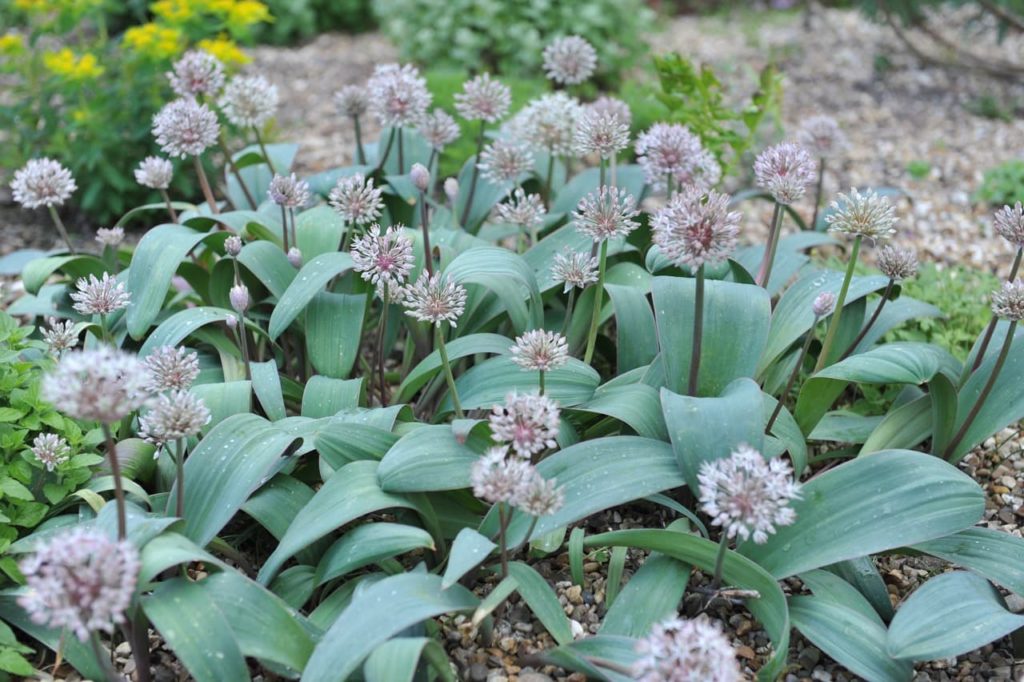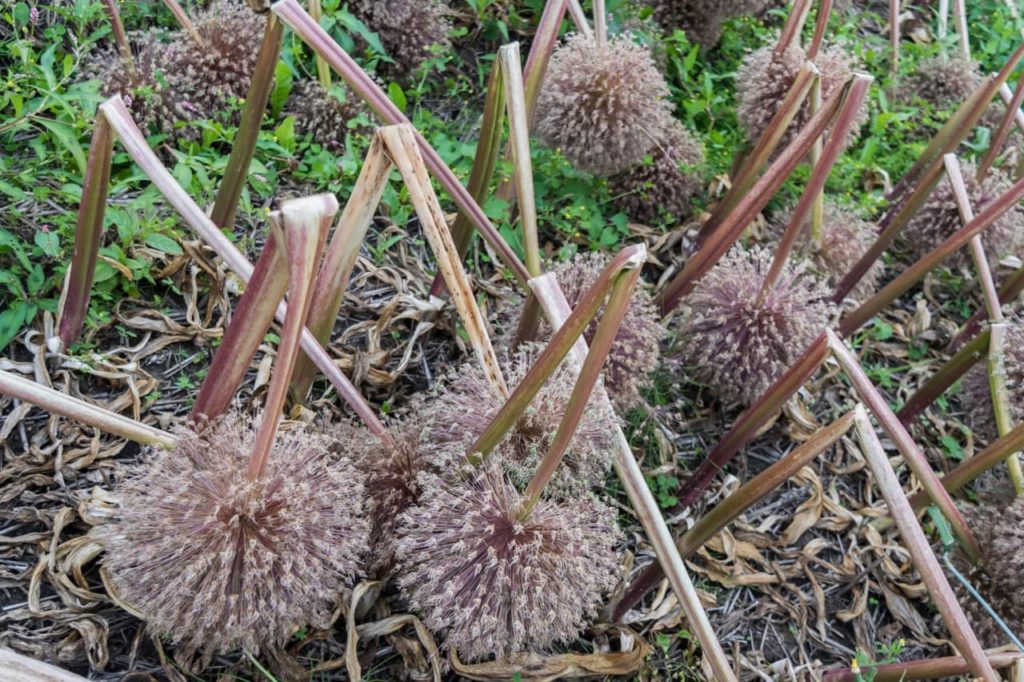Pruning Alliums Could Be A Waste A Time – Here’s Why You Might Not Want To Bother


Elizabeth is a Permaculture Garden Designer, Sustainability Consultant and Professional Writer, working as an advocate for positive change. She graduated from the University of St. Andrews with an MA in English and Philosophy and obtained a Diploma in Applied Permaculture Design from the Permaculture Association.
Reviewed By PETER LICKORISH

Peter is a Horticulture Lecturer and self-employed Horticulturist, with a passion for diverse areas of the industry - from garden design to the science behind plant growth and propagation. He has completed the Royal Horticultural Society’s Master of Horticulture (MHort) Award and lectures on RHS courses at Bedford College.
ALLIUM GUIDES
Pruning is not really something that you will have to dedicate a lot of time to when growing Alliums.
Depending on which type of Alliums you are growing, you might have to think about removing flowers to encourage the plants to focus on bulb growth.
You might also wish to cut back the foliage on Alliums once this dies back in autumn.
However, neither of these jobs is essential and it is often best not to deadhead or cut back at all unless you prefer to do so for aesthetic reasons.
| Difficulty | Easy |
| Equipment Required | Secateurs |
| When To Prune | Autumn (after the foliage has died back) |
Do You Even Need To Prune Alliums?
Whether or not you will cut back flowering heads or foliage on Alliums is largely a matter of personal preference.
Ornamental Alliums are species that are typically cultivated for their flowers.
However, other Alliums, such as onions, shallots and garlic, are cultivated for their edible yields.

With edible Alliums, you may sometimes have to consider cutting back and removing the flowering heads when these form in order to refocus the plant’s production on edible bulbs.
If we are talking about ornamental Alliums, then it is typical for many gardeners to deadhead by removing faded blooms, but this is not necessary and you might gain a range of benefits by leaving the seed heads in place.
Refer to our guide on deadheading for more guidance on this, but I prefer to leave dried Allium heads in place because, for one thing, they look rather attractive even once the flowers have faded, retaining a kind of architectural or structural appeal.

I also prefer to leave them in place because the Allium seeds are eaten by wildlife, drawing even more beneficial creatures to the garden.
Also, when we allow the seeds to mature, we get the possibility of self-seeding.
However, if you do not wish for the plants to self-seed or do not like the look of the faded flowers, then you can cut these flowering stalks down to the base.
Just make sure that you do not cut foliage on Alliums when this is still green.
When To Cut Back Alliums
“It is a sad fact of gardening life that allium foliage tends to look a bit haggard when flowering starts, but you must patiently wait 6 weeks after flowering before trimming it or pulling it off if you feel the need to,” shares Peter Lickorish, a Master Horticulturist.
“I find that mixing alliums with low spreading herbaceous perennials, like Nepeta, disguises the foliage, or it can partly be hidden behind a low hedge – such as Ilex crenata.
“You may find the foliage of the yellow Allium moly is more likely to remain in fine form during flowering.”
Cutting back any foliage on your Alliums will reduce the amount of energy that the plants are able to gather through photosynthesis and store within their bulbs.
Whether we are talking about ornamental Alliums or the common edible ones that we might find in vegetable gardens, pruning or cutting back foliage while the leaves are still green should not be on the agenda.

Instead, you should always make sure that you wait at least until the foliage turns yellow and begins to die back.
With some Alliums, like those used as annual vegetable crops, you may think about harvesting at this time.
With ornamentals, you might want to cut back to keep things neat and tidy at this stage.
However, cutting back the foliage once it begins to die back is not essential at all and you can often simply let it die back naturally over the winter months.
Not cutting back in autumn can also be a better choice for wildlife in the winter garden, since any remaining foliage and stalks can be useful for insects and other creatures that are sheltering from the cold.
How To Prune Alliums
If you do decide that you would like to deadhead and cut back Alliums, then it is important to make sure that you do not do the latter too soon.
Make sure that you wait until the leaves have begun to die back naturally and have finished photosynthesising before you cut them back.
If you are cutting back flowers from edible Alliums to focus the plant’s energy on producing a bigger bulb, then you should cut back any flowering stalks as soon as you see them.
If you decide to deadhead ornamental Alliums, simply snip the flowering stalks off at the base with a clean, sharp pair of secateurs or another appropriate gardening tool.

Just make sure that you do not take off the foliage at the same time, as this, as mentioned above, is still required for photosynthesis.
If you are cutting back foliage of perennial edible Alliums or ornamentals at the end of the growing season as it begins to die back to neaten up your garden, then simply cut off this foliage at the base.
The energy that the foliage captured during the summer will be retained within the bulb and, even though you cannot see anything through the winter above ground, new growth will emerge in the spring.
With some Alliums, you might lift and divide or store the bulbs for later.
